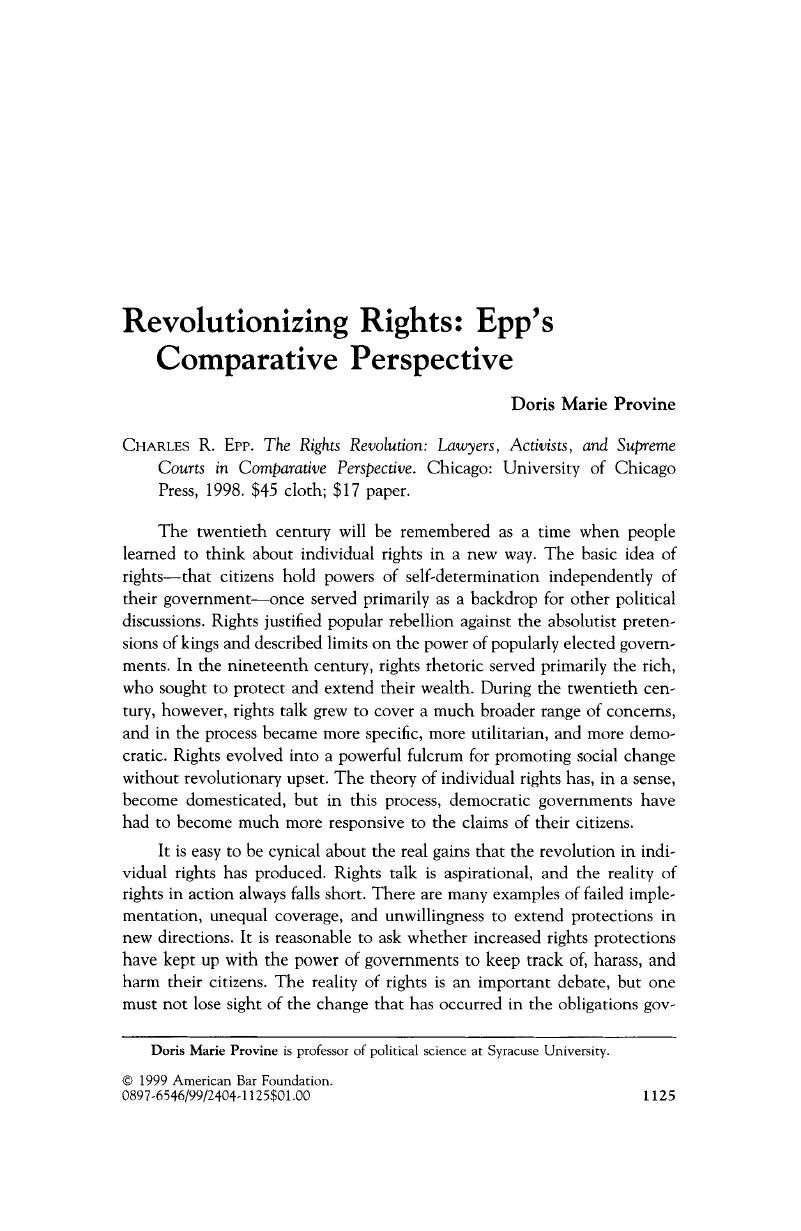Crossref Citations
This article has been cited by the following publications. This list is generated based on data provided by Crossref.
Hilbink, Lisa
2014.
Location, Location, Location: On Judicial Attitudes and Transitional Justice in Spain and Chile.
SSRN Electronic Journal,



